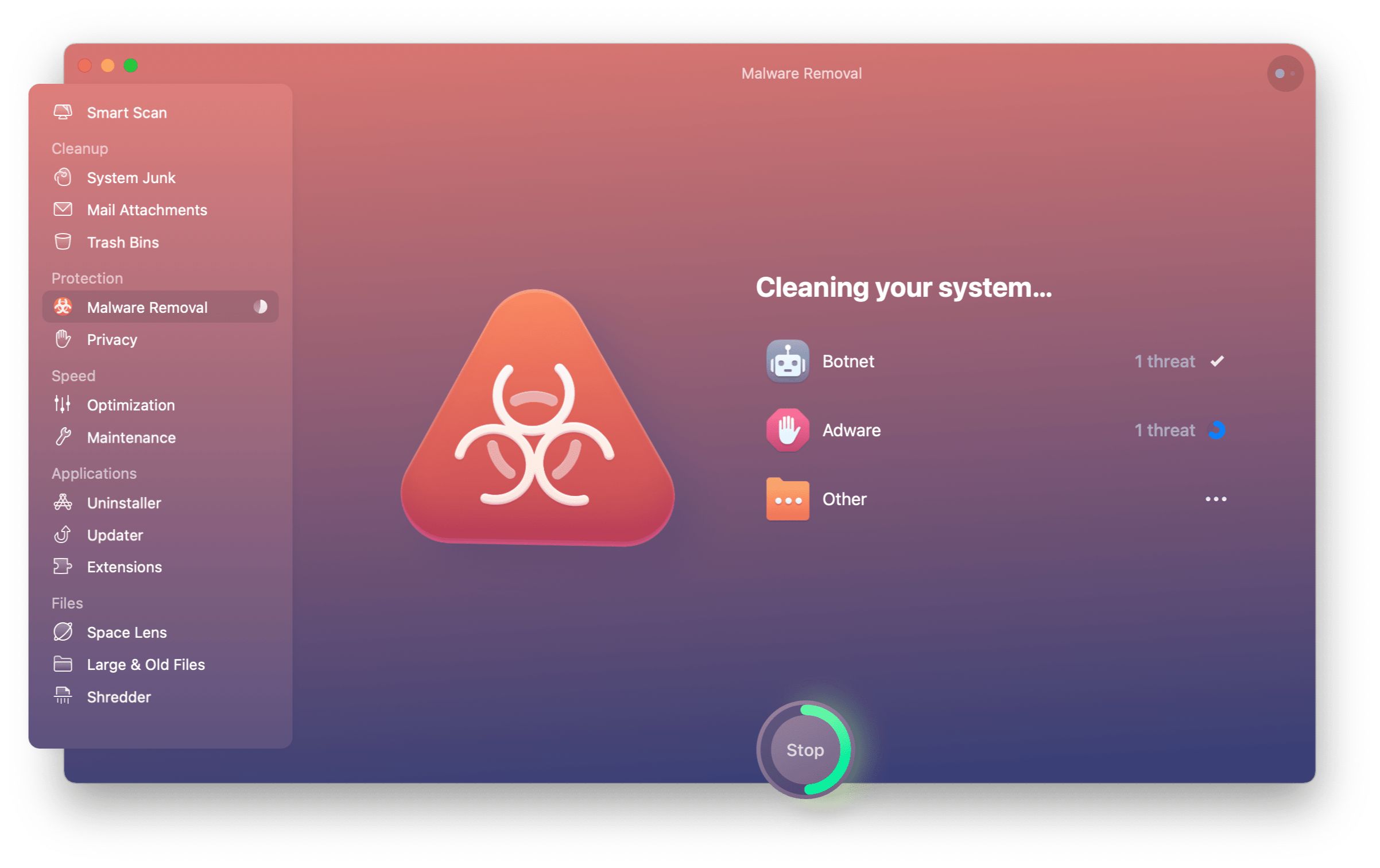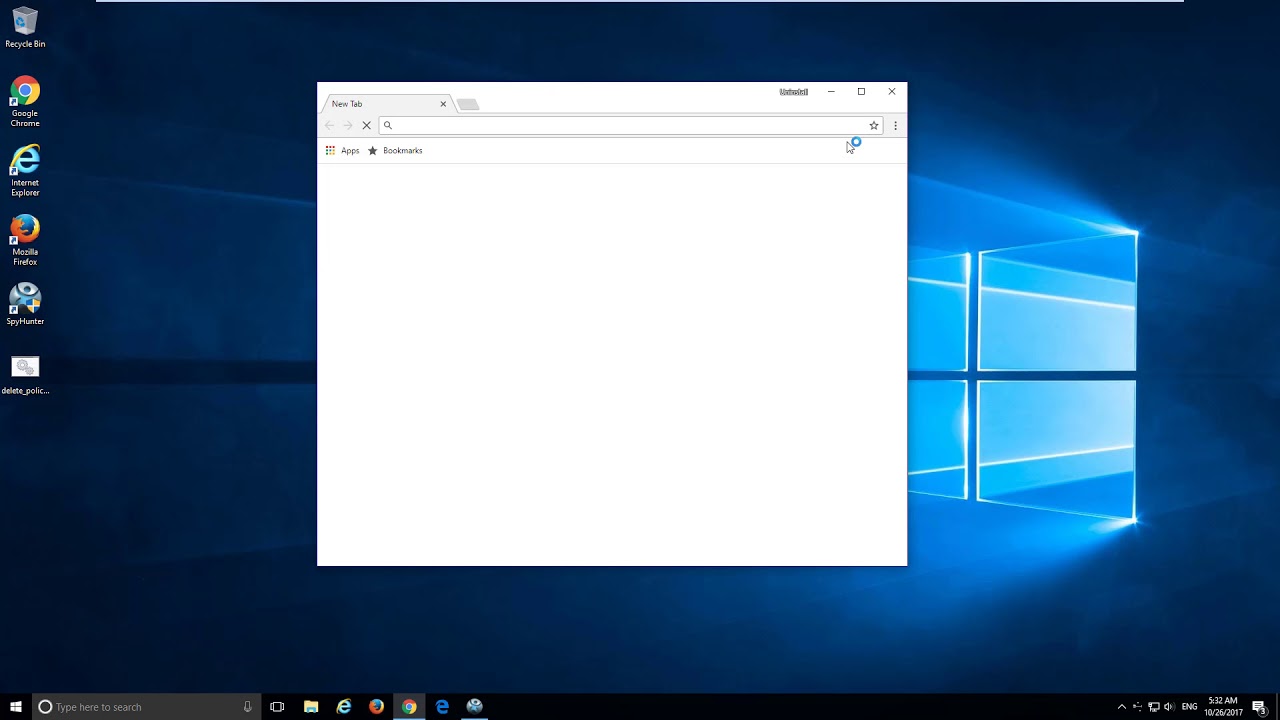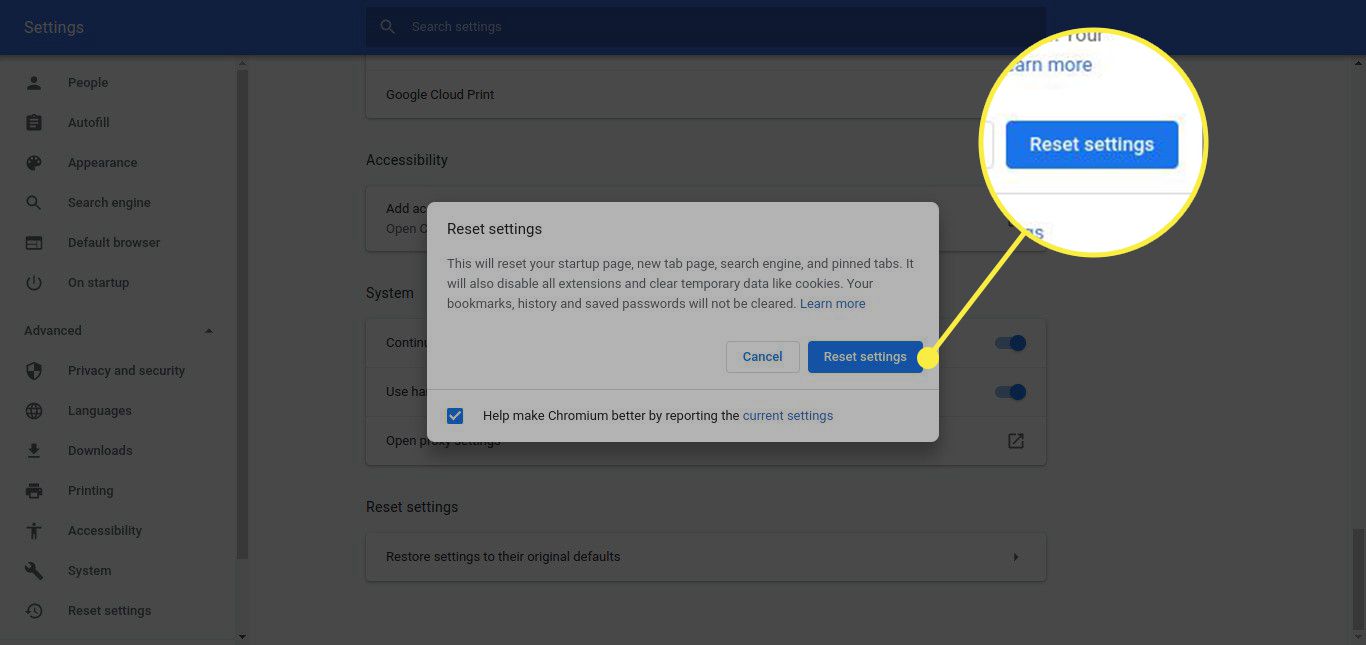Introduction
Browser hijackers are a nuisance that can disrupt your online experience by altering your browser settings, redirecting your searches, and bombarding you with unwanted ads. These intrusive software programs often sneak into your system unnoticed, leaving you frustrated and concerned about the security of your personal information. However, with the right knowledge and tools, you can effectively remove browser hijackers and restore your browser to its optimal state.
In this comprehensive guide, we will delve into the various methods to remove a browser hijacker from Google Chrome, one of the most popular web browsers. Whether you've noticed unusual behavior in your browser or suspect that a hijacker has infiltrated your system, this article will equip you with the necessary steps to identify, eliminate, and safeguard your browser against these unwelcome intruders.
By understanding the telltale signs of a browser hijacker and learning how to effectively combat them, you can regain control of your browsing experience and protect your privacy. Let's embark on this journey to reclaim the smooth and secure browsing experience you deserve.
Identifying the Browser Hijacker
Identifying a browser hijacker is the crucial first step in reclaiming control of your browsing experience. These intrusive software programs can manifest in various ways, disrupting your online activities and compromising your privacy. Here are some common signs that may indicate the presence of a browser hijacker:
-
Unwanted Browser Changes: If you notice sudden alterations in your browser's homepage, default search engine, or new tab page without your consent, it could be a red flag for a browser hijacker. These changes are often made to redirect your searches and promote certain websites or advertisements.
-
Increased Display of Ads: Browser hijackers are notorious for bombarding users with an excessive amount of pop-up ads, banners, and in-text advertisements. If you find your browser inundated with an unusually high volume of ads, especially those that seem unrelated to the websites you are visiting, it may indicate the presence of a hijacker.
-
Sluggish Browser Performance: A browser hijacker can significantly impact your browser's speed and performance. If you notice a sudden slowdown in your browser's responsiveness, frequent crashes, or unexplained freezes, it could be attributed to the presence of a hijacker consuming system resources.
-
Unexplained Redirects: Another telltale sign of a browser hijacker is unexpected and persistent website redirects. You may find yourself being redirected to unfamiliar websites, especially when attempting to access commonly visited pages. These redirects are often designed to drive traffic to specific sites for monetary gain.
-
Suspicious Toolbars and Extensions: Browser hijackers often install unwanted toolbars and browser extensions without your permission. These additions may claim to offer useful features but are primarily designed to track your browsing behavior and serve targeted ads.
By remaining vigilant and recognizing these signs, you can promptly identify the presence of a browser hijacker and take the necessary steps to remove it from your Chrome browser. In the following sections, we will explore effective methods to eliminate these intrusive programs and secure your browsing environment.
Removing Suspicious Extensions
When dealing with a browser hijacker, one of the primary culprits often lies within suspicious browser extensions. These seemingly innocuous add-ons can stealthily infiltrate your browser, causing unwanted changes to your browsing experience. Therefore, it is crucial to identify and remove any suspicious extensions that may be facilitating the intrusive behavior of a browser hijacker.
To begin the process of removing suspicious extensions from Google Chrome, you can access the browser's extension management interface by following these simple steps:
-
Accessing Chrome Extensions: Start by clicking on the three-dot menu icon in the top-right corner of the Chrome window. From the dropdown menu, navigate to "More tools" and select "Extensions." This will open the Extensions page, where you can view all installed extensions and manage their settings.
-
Identifying Suspicious Extensions: Upon accessing the Extensions page, carefully review the list of installed extensions. Look for any unfamiliar or suspicious entries that you do not recall installing. Pay close attention to extensions that claim to offer free utilities, enhance browsing speed, or provide access to exclusive content, as these are common disguises for browser hijackers.
-
Disabling and Removing Suspicious Extensions: To disable a suspicious extension, simply toggle the switch next to it to the "Off" position. This will temporarily deactivate the extension, allowing you to assess its impact on your browsing experience. If you are certain that an extension is unwanted or malicious, you can proceed to remove it entirely by clicking the "Remove" button associated with the respective extension.
-
Resetting Chrome: After removing suspicious extensions, it is advisable to reset Chrome to ensure that any lingering effects of the hijacker are eradicated. To reset Chrome, navigate to the Settings page, scroll down to the "Advanced" section, and select "Reset and clean up." From there, choose the option to "Restore settings to their original defaults" and follow the on-screen prompts to complete the reset process.
By diligently removing suspicious extensions and resetting Chrome, you can effectively neutralize the influence of browser hijackers and restore your browser to its intended state. This proactive approach not only eliminates the immediate impact of the hijacker but also fortifies your browser against potential future intrusions.
In the next section, we will explore the crucial step of resetting Chrome settings to further cleanse your browser of any lingering effects of a hijacker.
Resetting Chrome Settings
Resetting Chrome settings is a pivotal step in the process of eliminating the lingering effects of a browser hijacker and restoring your browser to its optimal state. This comprehensive action not only eradicates any residual traces of the hijacker's influence but also ensures that your browser operates as intended, free from unwanted alterations and intrusive behavior.
To initiate the process of resetting Chrome settings, you can follow these straightforward steps:
-
Accessing Chrome Settings: Commence by clicking on the three-dot menu icon located in the top-right corner of the Chrome window. From the dropdown menu, navigate to "Settings" and click to access the browser's settings interface.
-
Navigating to Advanced Settings: Within the Settings page, scroll down to the bottom and click on the "Advanced" option to reveal additional settings and features.
-
Selecting Reset and Cleanup: Under the "Reset and cleanup" section, choose the "Restore settings to their original defaults" option. This action will prompt Chrome to initiate the reset process, allowing you to revert your browser to its default configuration.
-
Confirming the Reset: Upon selecting the "Restore settings to their original defaults" option, Chrome will present a confirmation dialog outlining the changes that will occur as a result of the reset. Review the details and proceed by clicking the "Reset settings" button to initiate the process.
-
Completing the Reset: Chrome will proceed to reset its settings to the original defaults, including the restoration of the default search engine, homepage, new tab page, and tabbed browsing settings. Any customizations, including installed extensions, themes, and settings modifications, will be reverted to their default state.
By performing a comprehensive reset of Chrome settings, you effectively eliminate any residual impact of the browser hijacker, restoring your browser to its intended state. This proactive measure not only eradicates the immediate effects of the hijacker but also fortifies your browser against potential future intrusions, ensuring a secure and seamless browsing experience.
In the subsequent section, we will delve into the critical process of scanning for malware to further safeguard your system against potential threats and intrusions.
Scanning for Malware
In the battle against browser hijackers, conducting a thorough scan for malware is a crucial step to fortify your system's defenses and ensure the eradication of any lingering threats. While browser hijackers primarily target the browser environment, they can often be accompanied by or indicative of more pervasive malware infections that pose a significant risk to your system's security and your personal data.
To initiate the process of scanning for malware, it is advisable to utilize reputable and effective anti-malware software. These specialized tools are designed to detect and eliminate a wide range of malware, including browser hijackers, adware, spyware, and other malicious programs that may compromise your system's integrity.
When selecting an anti-malware tool, opt for a well-established and trusted solution that offers comprehensive scanning capabilities and real-time protection. Once you have chosen and installed the anti-malware software, follow these essential steps to conduct a thorough scan of your system:
-
Update the Anti-Malware Software: Before initiating the scan, ensure that the anti-malware software is up to date with the latest virus definitions and security patches. This step is crucial to maximize the tool's effectiveness in detecting and neutralizing the most recent malware threats.
-
Initiate a Full System Scan: Most anti-malware software provides the option to perform a full system scan, which comprehensively examines all files, programs, and system components for signs of malware. Initiate a full scan of your system to thoroughly investigate any potential malware presence.
-
Review Scan Results: Upon completion of the scan, carefully review the scan results provided by the anti-malware software. Pay close attention to any identified threats, including browser hijackers or other forms of malware. The software may categorize the threats based on severity, allowing you to prioritize the actions to be taken.
-
Quarantine or Remove Detected Threats: If the scan identifies any malicious programs, including browser hijackers, proceed to quarantine or remove the detected threats as recommended by the anti-malware software. Quarantining isolates the threats, preventing them from causing further harm, while removal permanently eradicates them from your system.
-
Regular Scanning and Real-Time Protection: To maintain a secure browsing environment, it is advisable to schedule regular system scans and enable real-time protection offered by the anti-malware software. This proactive approach helps safeguard your system against potential future malware intrusions.
By diligently scanning for malware and utilizing effective anti-malware software, you can bolster your system's defenses and mitigate the risks posed by browser hijackers and other forms of malware. This proactive measure not only safeguards your browsing experience but also protects your system's integrity and your personal data from potential security threats.
Conclusion
In conclusion, the presence of a browser hijacker can significantly disrupt your online experience, compromise your privacy, and expose your system to potential security risks. However, armed with the knowledge and tools to identify and combat these intrusive programs, you can effectively reclaim control of your browsing environment and fortify your system against potential threats.
Throughout this comprehensive guide, we have explored the telltale signs of a browser hijacker, including unwanted browser changes, increased display of ads, sluggish browser performance, unexplained redirects, and the presence of suspicious toolbars and extensions. By recognizing these signs, you can promptly identify the presence of a browser hijacker and take the necessary steps to remove it from your Chrome browser.
We have delved into the crucial process of removing suspicious extensions, emphasizing the importance of diligently reviewing and eliminating any unfamiliar or suspicious add-ons that may facilitate the intrusive behavior of a browser hijacker. By disabling and removing these extensions, followed by a comprehensive reset of Chrome settings, you can effectively neutralize the influence of browser hijackers and restore your browser to its intended state.
Furthermore, we have highlighted the pivotal step of scanning for malware to fortify your system's defenses and ensure the eradication of any lingering threats. By utilizing reputable anti-malware software and conducting thorough system scans, you can mitigate the risks posed by browser hijackers and other forms of malware, safeguarding your browsing experience and protecting your system's integrity.
In implementing these proactive measures, you not only eliminate the immediate impact of browser hijackers but also fortify your system against potential future intrusions, ensuring a secure and seamless browsing experience. By remaining vigilant, staying informed about the latest security threats, and leveraging effective tools, you can navigate the digital landscape with confidence, knowing that your browsing environment is safeguarded against unwelcome intruders.
Ultimately, by understanding the signs of a browser hijacker, removing suspicious extensions, resetting Chrome settings, and conducting thorough malware scans, you can reclaim control of your browsing experience and enjoy the internet's vast offerings without the disruptive influence of intrusive software programs.

























